The Role of Each Car Engine Part in Ensuring Proper Functionality
The Role of Each Car Engine Part in Ensuring Proper Functionality
The internal combustion engine is a complex machine that is made up of many different parts, each of which plays a critical role in ensuring proper functionality. In this essay, we will discuss the role of each car engine part in ensuring proper functionality.
- Cylinder: The cylinder is the most important part of a car engine. It is where the combustion process takes place, and it is where the fuel and air are mixed and compressed before being ignited by the spark plug. A typical car engine has four, six, or eight cylinders, depending on the size of the engine.
- Piston: The pistons are located inside the cylinders and move up and down to compress the fuel and air mixture. They are connected to the crankshaft, which converts the up and down motion of the pistons into rotational motion to drive the wheels.
- Crankshaft: The crankshaft is a rod that runs through the center of the engine, connecting the pistons to the transmission. It converts the up and down motion of the pistons into rotational motion, which is then used to power the wheels.
- Camshaft: The camshaft is located in the cylinder head, and it controls the opening and closing of the valves through the use of cam lobes. The camshaft is driven by a belt or chain connected to the crankshaft.
- Valves: The intake and exhaust valves are located in the cylinder head and control the flow of fuel and air into the cylinder and exhaust gases out of the cylinder. They are opened and closed by the camshaft through the use of rocker arms.
- Spark plug: The spark plug is located in the cylinder head and is responsible for igniting the fuel and air mixture in the cylinder. It is connected to the ignition system and receives a spark from the distributor or ignition coil.
- Fuel system: The fuel system is responsible for delivering fuel from the gas tank to the engine. It consists of the fuel pump, fuel filter, fuel injectors, and carburetor (if the engine is not fuel-injected). The fuel pump is typically located in the gas tank and delivers fuel to the engine through the fuel filter and injectors or carburetor. The fuel filter removes impurities and debris from the fuel, while the fuel injectors or carburetor deliver the fuel to the engine. 8 Exhaust system: The exhaust system is responsible for removing the exhaust gases from the engine. It consists of the exhaust manifold, catalytic converter, and muffler. The exhaust manifold collects the exhaust gases from the cylinders and directs them to the catalytic converter, which converts harmful pollutants into less harmful emissions. The muffler reduces the noise of the exhaust gases.
- Timing belt or chain: The timing belt or chain is responsible for keeping the camshaft and crankshaft in sync, which is essential for the proper functioning of the engine. A worn or damaged timing belt or chain can cause serious engine damage.
- Water pump: The water pump is responsible for circulating coolant throughout the engine, which helps to keep the engine cool and prevent overheating. A worn or damaged water pump can cause the engine to overheat.
- Alternator: The alternator is responsible for generating electricity to power the car’s electrical system, including the lights, radio, and air conditioning.
- Starter motor: The starter motor is responsible for starting the engine when the key is turned.
- Power steering pump: The power steering pump helps to make it easier to steer the car, by providing power assistance to the steering system.
- Oil pump: The oil pump is responsible for circulating oil throughout the engine, which helps to lubricate the moving parts and prevent wear and tear.
In conclusion, each car engine part plays a critical role in ensuring proper functionality. From the cylinders and pistons that power the engine to the exhaust and fuel systems that remove the waste gases and deliver fuel, every part is essential for the engine to function properly. Regular inspection and maintenance of these parts, as well as timely replacement of worn or damaged parts, is essential for maximizing engine performance and prolonging the life of your vehicle. Consultation with a professional mechanic, and following the manufacturer’s recommendations can help ensure that your engine is always running at its best.








